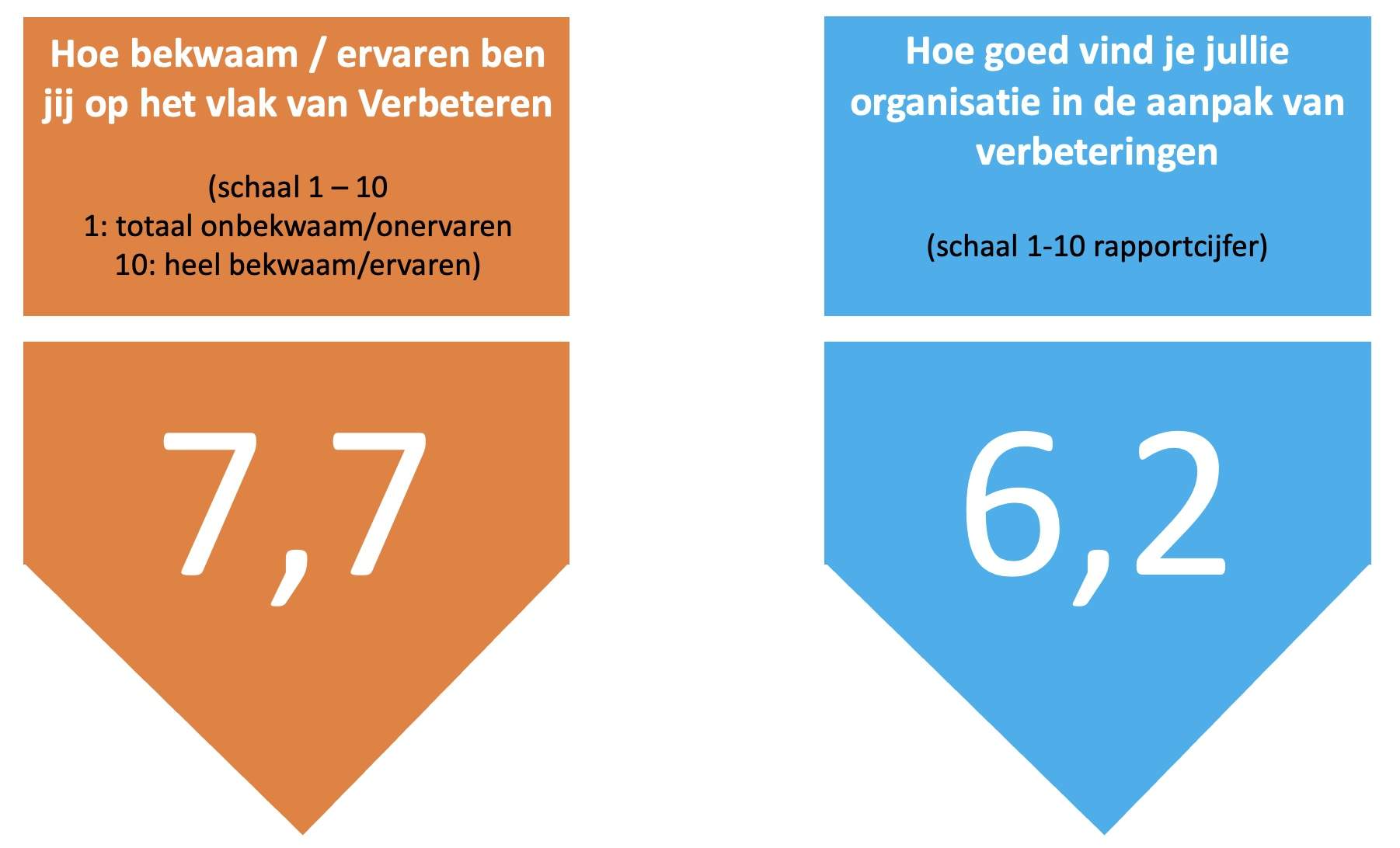The problem in solving problems
Most companies are very good at solving problems. The reward is also great, because it gives a good feeling to act and to achieve results. But are the problems really solved? And more importantly, are the real problems solved? How can continuous improvement become more successful?
Research shows that 85% fully agree that their organizations did poorly at problem diagnosis, and 87% fully agreed that this failure led to significant costs. In the same study, the pattern is described as follows: spurred on by a predilection for action, managers tend to switch quickly to solution mode without checking whether they really understand the problem.
Find the cause
An important reason for the above is that insufficient time and energy is spent to determine the real cause (‘root cause’) of a problem. Techniques such as ‘5 times asking why’ are insufficiently used.
One explanation is that we as people are accustomed to intuitively and quickly deciding (system 1 of Kahnemann). That has been an evolutionary advantage for us.
Another factor is that fast decision-takers are (more) valued at many companies. There is also a disadvantage: a certain type of problem can only be solved by system 2 of Kahneman: a slow and structured way that requires analysis first. This is less popular but has proved to be very necessary for a certain type of problem: a problem caused by (groups of) people. That is thus a type of problem so that you find a lot in organizations.
In addition to ‘slow thinking’, the power of diversity within organizations is still underused, partly because it seems to take time, while in fact it saves time. The power of diversity is that you can look at a problem with several people. This creates a richer and better picture of the issue.
The following short video clearly shows the importance of finding the root-cause and also the nonsensical and costly actions that take place if the root cause has not yet been found.
PDCA and Kaizen
A proven and structured way of solving more complex problems is, for example, via the Plan-Do-Check-Act approach, also known as the Deming circle or PDCA cycle. Especially the Plan phase is important here because a lot of time is spent on finding the facts (which many managers do not find an enjoyable phase…) so that the correct cause of a problem can be determined based on those facts and therefore the right solution chosen.
How good are you at solving problems?
Let’s start with an easy sum: A ball with a bat costs 1.10 euros. The club costs 1 euro more than the ball. What does the ball cost?
A breeze, right? The answer is at the bottom of this article.
And with this video, you can test whether you would be a good police inspector.
The crux in the above is clear: you see what your attention is focused on.
Now a difficult one, the ‘Monty-Hall problem’. Watch the video below.
Continuous improvement (Kaizen)
Using the knowledge and skills of all employees is a very powerful way to continually improve the company’s performance and to ensure satisfied customers. The PDCA cycle and the ‘5 times why’ are useful tools for solving a problem in a structured and permanent way. The COIMBEE toolbox has useful functions in the system to support improvement teams in solving problems.
The COIMBEE Toolbox also contributes to the creation and maintenance of a culture of continuous improvement (Kaizen), via the dashboard and functions such as News, Like and Follow.
More background information for continuous improvement
In addition to the knowledge about the 2 systems that Kahneman describes in his book “Thinking, fast and slow”, two other books are interesting for the continuous improvement process.
Book: The smart subconscious
In this book, it is made clear that in the vast majority of our behaviour, consciousness does not play a role. The author states that we think we are rational, but we are not. When taking decisions, the consciousness creates all sorts of reasons for that decision afterwards. This view would mean that we should not reflect too much afterwards…
Book: Scarcity
In this book, it is made clear that scarcity (time, money, food, etc.) significantly influences our thinking.
The IQ appears to drop by as much as 15 points in the following situation studied by the authors. Farmers in India harvest once a year, and that means that a successful crop is very important. The IQ before the harvest is 15 points lower than after the harvest as a result of worrying! Lack of time also appears to have a negative impact on the intellect…
This means that you not only need time to carry out the process of continuous improvement but also need ‘time’ or ‘rest’ in your head to tackle the improvement properly and to realize it (permanently).
Answer to the baseball bat question: presumably you think like most people that the ball costs 10 cents. But then the bat (which is 1 euro more expensive) would cost 1.10, and then the set is 1.20 euros. The answer is 5 euro cents, so the bat costs 1.05 and the set, 1.10. And sorry that I started this question with ‘let’s start with an easy sum’… But in practice, this also happens because you or others create an image or expectations for a problem. For example, ‘you should solve this quickly’ or ‘that can’t be that difficult’, etc.





